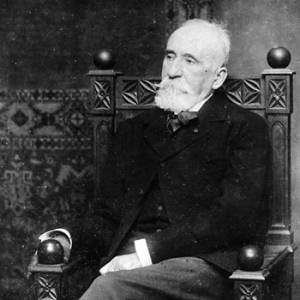
1824 - 1898
Puvis de Chavannes
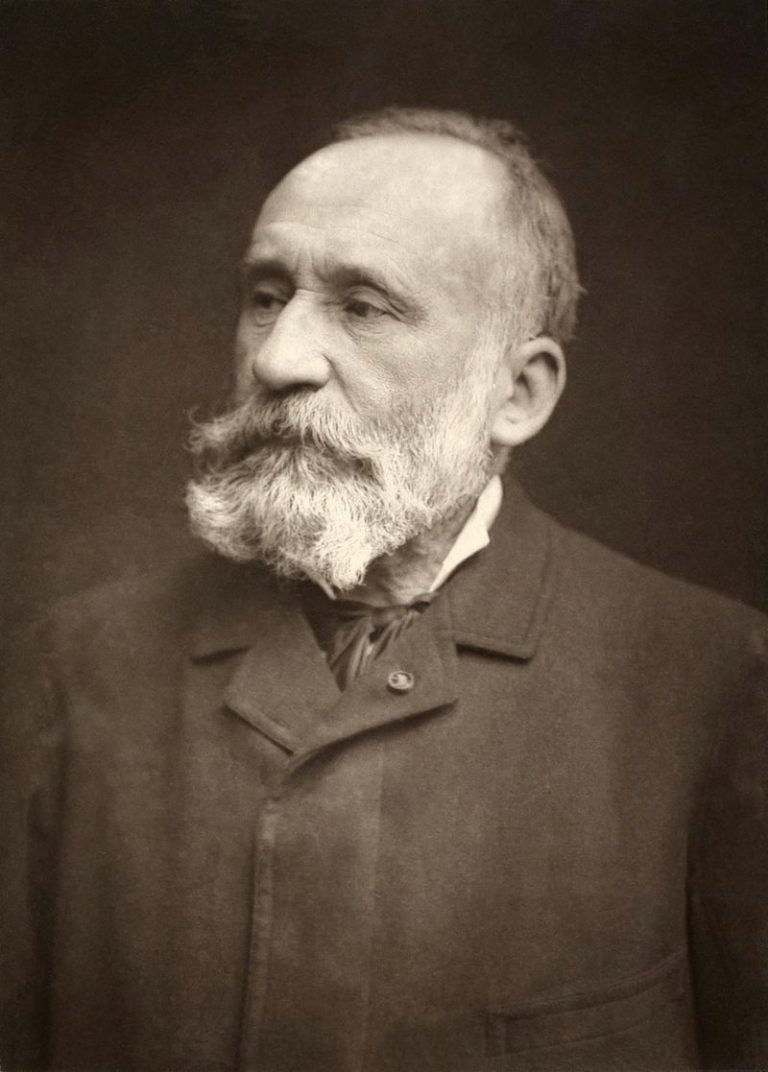
description
A French artist and decorator, the founder of Symbolism. Puvis de Chavannes was a master of monumental painting, who strived to combine two types of art – easel painting and decorative panel; he succeeded in this. His works, which adorned the buildings of the Paris Pantheon, the Museum of Fine Arts of Lyon, the Sorbonne and other architectural ensembles, are the embodiment of artistic thought in the interior and look extremely harmonious, emphasizing architectural advantages. The paintings of Puvis de Chavannes, filled with truly symbolic sound, had an enormous influence on the further development of European visual art; his teaching activity was impetus for the formation of the talent of many young artists.
Key ideas:
– Puvis de Chavannes is known for his special monumental painting style and high decorativeness of his works. His paintings are characterized by a strict, verified composition and restrained color. The painter preferred to depict human figures against the landscape, alternating elements in such a way as to create a kind of rhythm in his canvases. This helped him to achieve incredible artistic unity in his works and an amazing harmony of painting.
– Staying in opposition to contemporary Realism and Impressionism, de Chavannes sought to convey his worldview through symbols that came from his ancestors. He was inspired by world of old masters, considering frescoes of the Renaissance as a true ideal, which had been lost by his contemporaries.
– The artist was an idealist; however, his paintings cannot be called dry and abstract. They are full of energy, not visible, but kind of hidden from prying eyes behind the strict compositional construction and the monotony of details.
– In his paintings, Puvis de Chavannes refers to the sublime strings of the soul, to its secrets, often bringing sad notes and mystical themes of dreams into the plot. In the artist’s work, there is always a message to the mental state of a person and his morality.
1824
1847
1848 - 1849
1850
1861
1871 - 1872
1876
1880
1898
The birth of the artist
He traveled to Italy
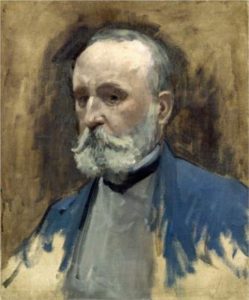
Took a few lessons from Eugene Delacroix
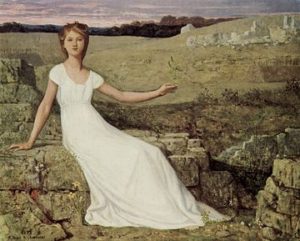
He presented his works at the Salon
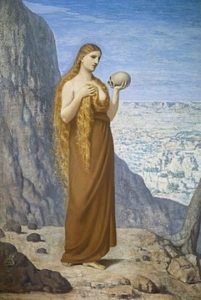
“War” and “Peace”
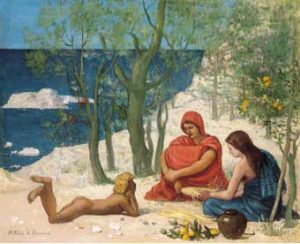
“Hope”

Started working on the cycle of panels for the Paris Pantheon
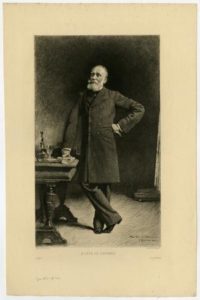
He worked mainly on monumental compositions

The death of the artist

Puvis de Chavannes
On Artist
flow
Impressionism
Romanticism
Renaissance
friends
Leon Bonna
Jean Berault
artists
Eugene Delacroix
Giotto di Bondone
Masaccio
Fra Beato Angelico
Theodore Chasserio
By Artist
flow
Symbolism
Modern
friends
Леон Бонна
Jean Berault
artists
Odilon Redon
Xavier Melleri
Wilhelm Hammershay
Kuzma Petrov-Vodkin
Paul Gauguin
Georges Seurat
Henri de Toulouse-Lautrec
Victor Borisov-Musatov
Anna Anker
Stanislav Vyspiansky
Rodolfo Amoedo
Nicholas Roerich
